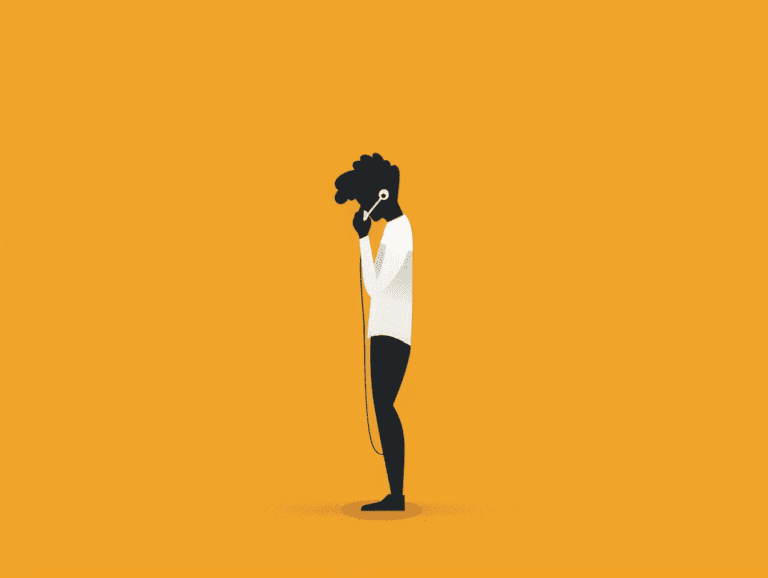How Mental Health Professionals Create Lasting Change in Communities
You can tell a lot about a community by the state of its collective mind. Mental health treatment may not sound like something that stretches out beyond the people directly participating. Not at first, anyway.
But between the counselor and the patient, there is an invisible network of people impacted by the treatment. No, not in a 6th Sense sort of way. We are talking about at the community level.
Towns with robust mental health support are less likely to experience high levels of homelessness. Addiction. Violent crime.
Mental health professionals play an important role in creating lasting change in the communities where they work.
Early Intervention
Some mental health disorders are impactful at the community level. Addiction is a good example.
Addiction is a mental health disorder because it causes significant changes in brain function and structure, creating compulsive behaviors despite harmful consequences. These neurobiological alterations affect decision-making, impulse control, and reward processing systems.
Mental health professionals are well positioned to both identify this problem as it bubbles up within a community and then do something about it. They can spread awareness. Advocate for prevention campaigns. Educate people in the community about what the risk factors are and how to identify them.
This proactive approach allows for intervention at earlier stages when treatments tend to be most effective. Community health workers can implement evidence-based screening tools in schools, workplaces, and primary care settings to detect early warning signs. When communities understand addiction as a mental health condition rather than a moral failing, stigma decreases and help-seeking behaviors increase.
The ripple effects of successful early intervention extend beyond the individual to families, workplaces, and the broader community, potentially reducing related issues like homelessness, unemployment, and involvement with the criminal justice system.
Safer Streets
Naturally, there are many factors that contribute to a community’s crime statistics. They aren’t all related to mental health.
However, it is true that many crimes both violent or involving property are committed by people experiencing either addiction or other forms of mental health disorders.
One counselor can’t clean up the streets but they can help improve the local ecosystem for everyone. Safer streets for the general population. A better life for people who might otherwise have been headed for homelessness or incarceration.
It’s also worth noting that psychiatric services are being increasingly more integrated into community health services.
Many local law agencies are collaborating with crisis intervention teams to develop what is sometimes called a “co-responder” model.
Basically, when certain emergencies are reported, CITs will be deployed alongside police officers. This is a great way to de-escalate situations that could have just as easily devolved into violence between the police officer and the perpetrator. It also puts that perpetrator on the path toward mental health services.
So, What Are Your Options?
There are many ways to help your community by providing mental health services. Psychiatrists/therapists are just one of several ways. These routes are, perhaps, the most well-known and can involve:
- Diagnosing disorders
- Developing treatment plans
- Prescribing medications
Talk therapy is a common component of both professions. Psychiatrists and therapists can work in group settings or at the individual level.
There are several other routes you can take:
- Psychiatric Nurse Practitioners: The psychiatric nurse practitioner route is ideal for nurses who are hoping to focus more exclusively on mental health issues. They can help run clinics, work directly with patients, perform diagnoses, prescribe medications, and generally perform many of the other responsibilities commonly associated with mental health counseling.
- Social Worker: Social workers can also specialize in psychiatric services. Again this may involve many of the clinical applications described above. It could also mean working at a school, helping students through anxiety, bullying, eating disorders, and so on.
These careers generally require a graduate degree to get. While the path to getting these jobs can be long and difficult, it is worthwhile for aspiring professionals who want to make a true and lasting impact in their communities.
What is Public Health Surveillance?
Public health surveillance is a great option for people who want their work to focus exclusively on community-level concerns. These are the professionals who interpret data and make conclusions about macro-level concerns.
The work is not always specific to mental health considerations. While that may play a part in it, public health surveillance professionals could also look at rates of early death or other health-related statistics.
Mental Health Professionals and Community Impact
Note also that when you serve your community as a mental health professional you are also contributing to a better culture of self-care and awareness in your community. Though we’ve come a long way over the last century and a half mental health services are still at least somewhat stigmatized.
The average person might readily agree that people who need help should get it. How prepared are they to recognize that they themselves might fall into that category? As a local mental health professional, you can play an important role in driving communities toward that understanding.
Through advocacy, education, and simply helping others you can show that mental health services are both completely normal and deeply helpful to those who need them.
This role as a community educator extends beyond formal settings. Each successful therapeutic relationship creates ripple effects as clients share their positive experiences with family members and friends.
Research shows that positive word-of-mouth from trusted sources is one of the most effective ways to overcome stigma barriers in mental health care.
Conclusion
There’s an old saying. You might not be able to change the world but you can change the world within your reach. Every time you as a mental health professional improve the lives of one of your patients you aren’t just changing their world but the worlds of the people they interact with.
You’re contributing positively at the community level. Moreover, you are doing it in a way that is sorely needed. Mental health professionals are in inadequate supply all over the country.
When you commit to a life of providing mental health services you are helping to fill a major need in your community.






